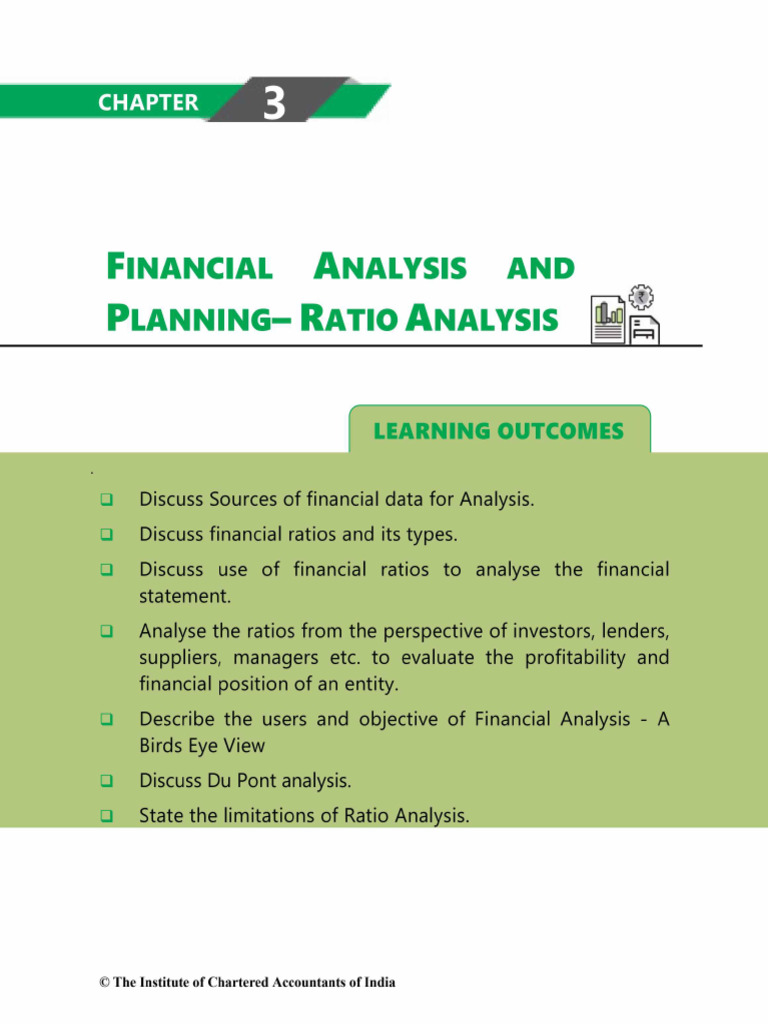
In today’s competitive business landscape, understanding financial health is paramount. A thorough analysis of key financial ratios provides invaluable insights into a company’s performance, revealing strengths, weaknesses, and potential areas for improvement.
Financial ratios are essential tools in the accounting toolkit for businesses of all sizes. These ratios, calculated from financial statements like the balance sheet and income statement, offer a standardized way to evaluate a company’s performance and position compared to industry benchmarks or prior periods.
Various financial ratios exist, each providing unique perspectives. Crucially, understanding these different ratios is key to a holistic view of a business’s financial health. A business owner or manager must look beyond simply understanding the numbers and delve into the underlying reasons behind those ratios.
One critical group of ratios concerns liquidity—a company’s ability to meet short-term obligations. Examples include the current ratio (current assets divided by current liabilities), which indicates a company’s ability to pay off its short-term debts; the quick ratio (liquid assets divided by current liabilities), a more stringent measure excluding inventory; and the cash ratio, which only considers cash and cash equivalents.
Profitability ratios evaluate a company’s ability to generate income relative to its sales, assets, or equity. The gross profit margin (gross profit divided by sales) highlights how much profit is generated from sales after deducting the cost of goods sold. Net profit margin (net income divided by sales) reveals the overall profitability after all expenses. Return on assets (net income divided by total assets) gauges profitability relative to assets employed. Return on equity (net income divided by shareholders’ equity) assesses profitability in relation to shareholder investments.
Solvency ratios assess a company’s ability to meet long-term obligations. The debt-to-equity ratio (total debt divided by total equity) reveals the proportion of financing from debt versus equity. The interest coverage ratio (earnings before interest and taxes divided by interest expense) measures a company’s ability to pay its interest obligations.
Effective accounting practices are vital to ensure accurate calculations and meaningful interpretations of these ratios. A clear understanding of the underlying assumptions and limitations of each ratio is paramount before drawing conclusions.
Comparing ratios across different periods, or against industry benchmarks, allows for a dynamic analysis of performance. This comparison can highlight trends and areas requiring attention. Accounting software and specialized financial analysis tools can significantly streamline this process and provide helpful visualisations.
Utilizing these tools empowers businesses to identify potential problems early on—cash flow issues, declining profitability, or increasing debt. This, in turn, allows businesses to take corrective actions promptly. For instance, if the current ratio is declining, the business might need to explore ways to boost liquidity.
Ultimately, a comprehensive approach to analyzing financial ratios provides a wealth of data for decision-making. It’s crucial to understand not just the numbers, but the underlying factors influencing them, recognizing that financial ratios are just one piece of a larger puzzle that includes market conditions, industry trends, and overall economic conditions. By carefully considering all these aspects, businesses can enhance their strategies for long-term success. Remember, continuous monitoring and adapting to changes are key to informed decision-making in the dynamic world of finance and business practices.
Understanding key financial ratios is crucial for any business aiming to achieve sustainable growth and profitability. By diligently analyzing these ratios, businesses gain valuable insights into their performance, identify areas for improvement, and make informed decisions for the future.